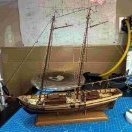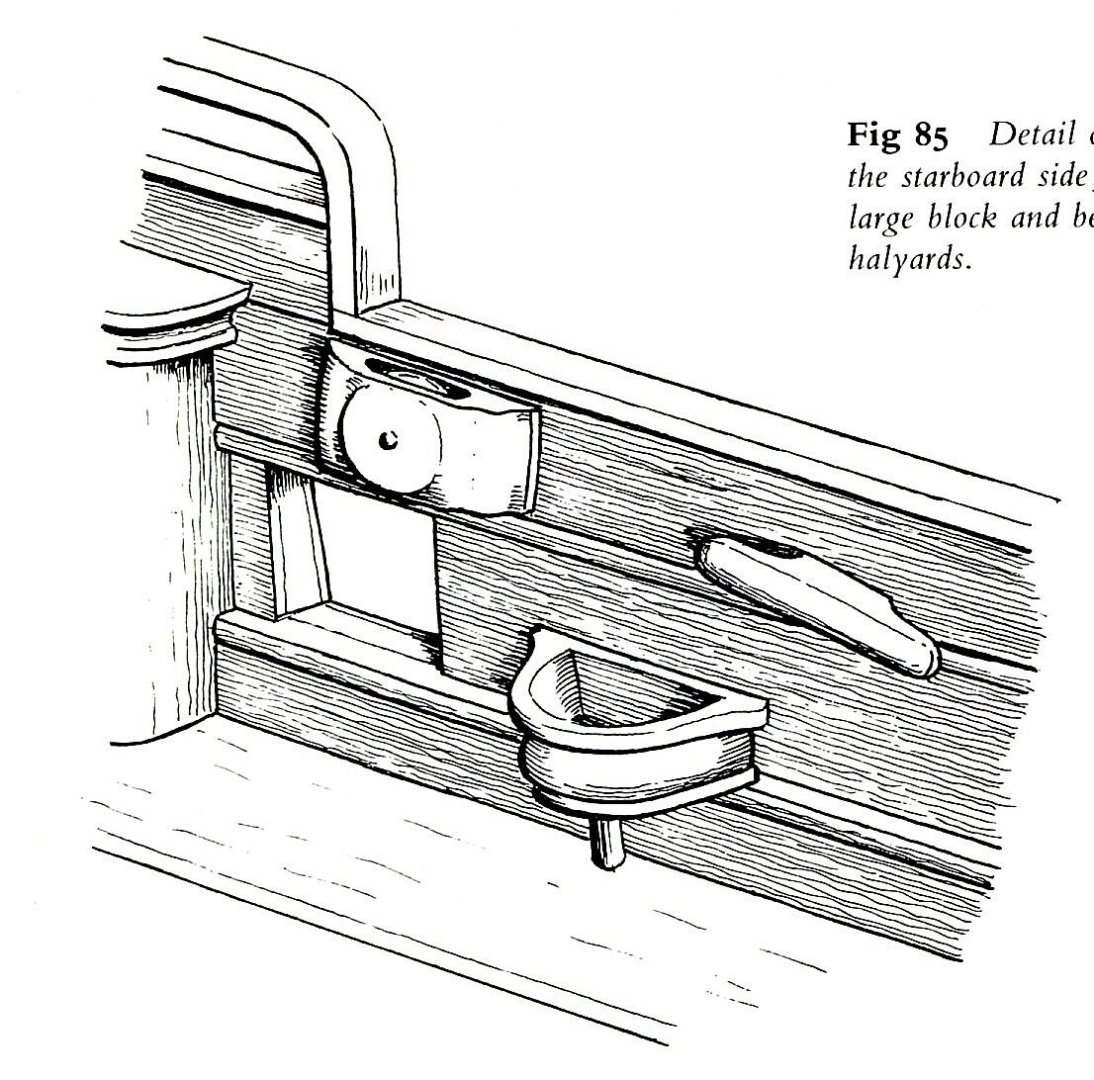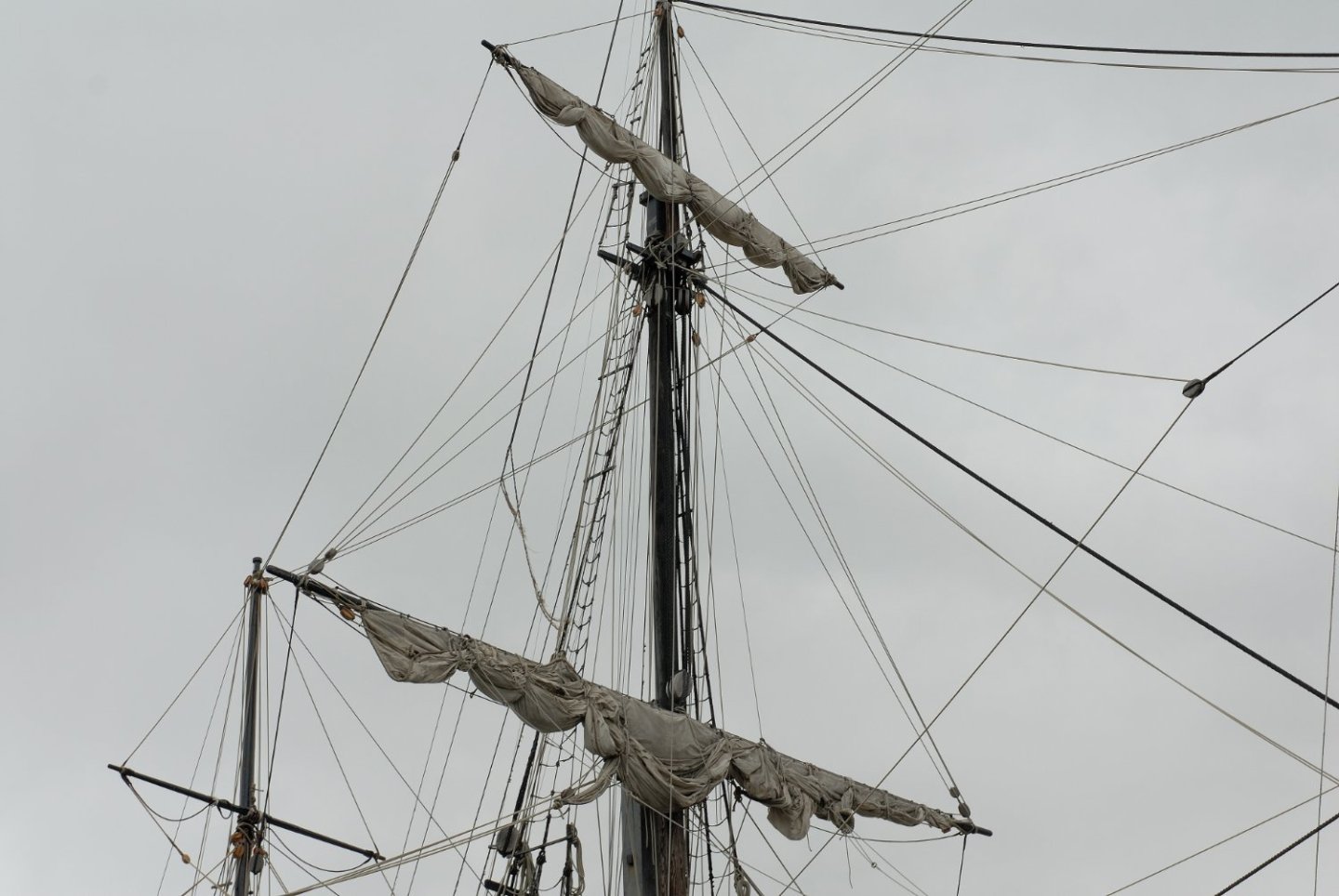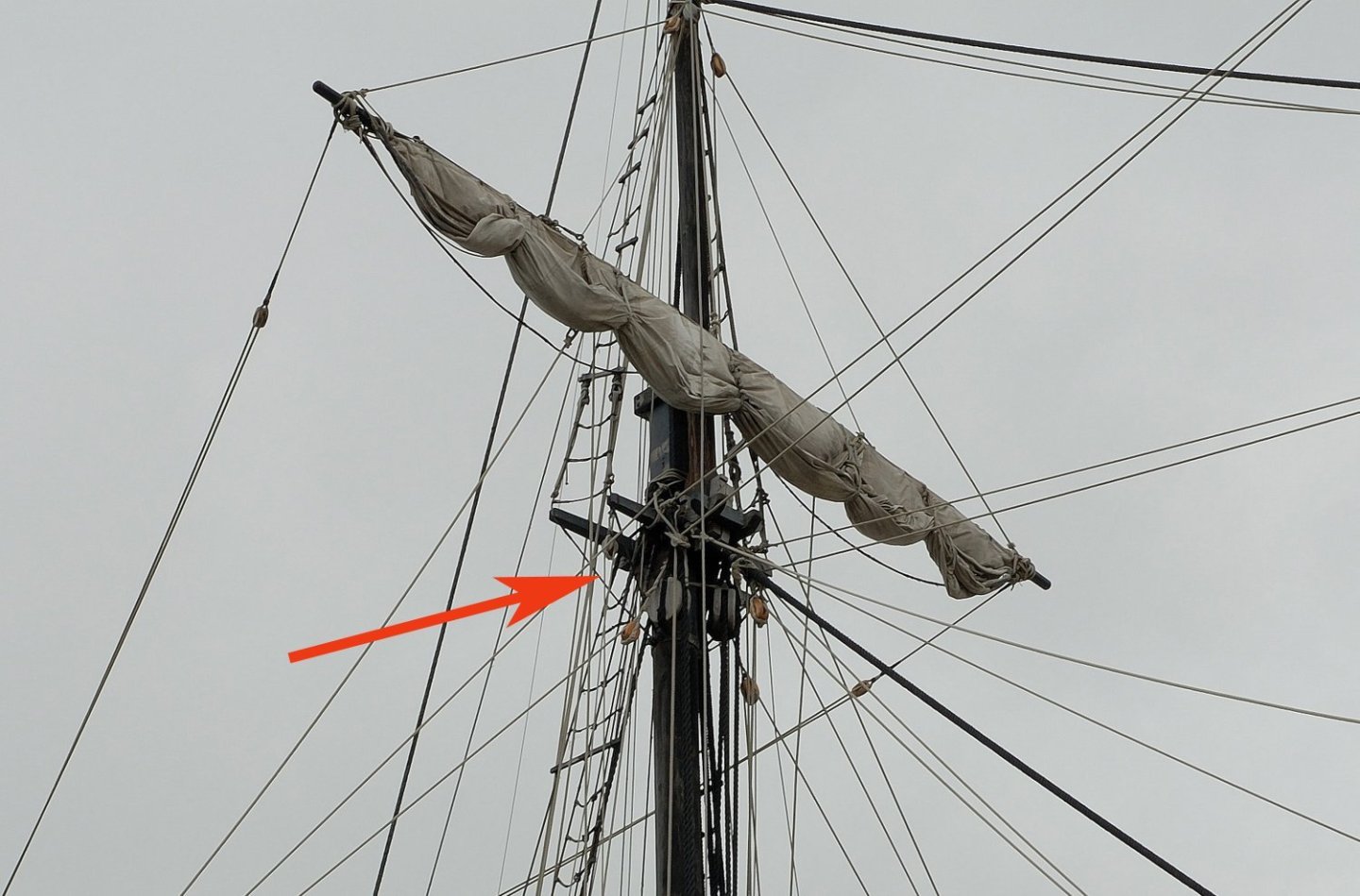-
Posts
509 -
Joined
-
Last visited
About Dziadeczek
- Birthday 07/05/1952
Profile Information
-
Gender
Male
-
Location
Glendale, CA. USA
-
Interests
shipmodeling, photography, music
Recent Profile Visitors
-
 Dziadeczek reacted to a post in a topic:
HMS Jason by Beef Wellington - Caldercraft - 1:64 - Artois-class frigate modified from HMS Diana 1794
Dziadeczek reacted to a post in a topic:
HMS Jason by Beef Wellington - Caldercraft - 1:64 - Artois-class frigate modified from HMS Diana 1794
-
 Dziadeczek reacted to a post in a topic:
Cutty Sark by Bruma - Revell - 1:96 - PLASTIC
Dziadeczek reacted to a post in a topic:
Cutty Sark by Bruma - Revell - 1:96 - PLASTIC
-
 Dziadeczek reacted to a post in a topic:
HMS PEGASUS by giampieroricci - Scale 1:36 - Swan-Class Sloop from plans by David Antscherl & Greg Herbert
Dziadeczek reacted to a post in a topic:
HMS PEGASUS by giampieroricci - Scale 1:36 - Swan-Class Sloop from plans by David Antscherl & Greg Herbert
-
 Dziadeczek reacted to a post in a topic:
HMS EURYALUS by Matiz - FINISHED - scale 1:56
Dziadeczek reacted to a post in a topic:
HMS EURYALUS by Matiz - FINISHED - scale 1:56
-
 Dziadeczek reacted to a post in a topic:
HMS Winchelsea 1764 by glbarlow - 1:48
Dziadeczek reacted to a post in a topic:
HMS Winchelsea 1764 by glbarlow - 1:48
-

Instructions for rigging Cutty Sark
Dziadeczek replied to bill mckee's topic in Masting, rigging and sails
1582675905_1485165543-bb564-cutty-sark-main-plan.pdf (modelexpo-online.com) 1582675905_1551258603564-cutty-sark-vejl-040119.pdf (modelexpo-online.com) -
 Dziadeczek reacted to a post in a topic:
HMS PEGASUS by giampieroricci - Scale 1:36 - Swan-Class Sloop from plans by David Antscherl & Greg Herbert
Dziadeczek reacted to a post in a topic:
HMS PEGASUS by giampieroricci - Scale 1:36 - Swan-Class Sloop from plans by David Antscherl & Greg Herbert
-
 Dziadeczek reacted to a post in a topic:
USS Constitution by KurtH - FINISHED - BlueJacket Shipcrafters - 1/96 - First wood model kit
Dziadeczek reacted to a post in a topic:
USS Constitution by KurtH - FINISHED - BlueJacket Shipcrafters - 1/96 - First wood model kit
-
 Dziadeczek reacted to a post in a topic:
HIJMS MIKASA 1902 by Jeff59 - HobbyBoss - 1/200 - PLASTIC
Dziadeczek reacted to a post in a topic:
HIJMS MIKASA 1902 by Jeff59 - HobbyBoss - 1/200 - PLASTIC
-
 Dziadeczek reacted to a post in a topic:
Roter Löwe 1597 by Ondras71
Dziadeczek reacted to a post in a topic:
Roter Löwe 1597 by Ondras71
-
Sandpaper too coarse?
-

Which one is the best ropewalk machine?
Dziadeczek replied to modeller_masa's topic in Modeling tools and Workshop Equipment
For the modeling purposes, you do not need such a complicated machine, like this one on your pics. Unless you intend to go industrial, a simple ropewalk based on three (or four) hooked spindles, manually powered or by a small DC motor, will suffice. It doesn't matter, whether your device has two spinning ends (like, for instance, the Frolich's design) or just one, the end result will be similar. I remember someone complained, that the co called, continuous ropewalk tends to give some problems with tensioning individual threads and the results are more unpredictable. I have this simple ropewalk I made many years ago and it still goes strong and is foolproof. (post # 20) I think that the quality of your rope will depend more on the quality of thread you use. Cotton threads, like the French DMC (now defunct), or German Anchor, or even Lizbeth (I had good experience with the last one), will result in good looking rope. Choose appropriate thickness and color of your thread, so that you don't need to tint your rope afterwards. After you obtain your rope, you need to stretch it, because cotton will be a little "rubbery", elastic. If you use Lizbeth thread, it already comes factory pre singed, with the "fuzz" burnt out. And it is Egyptian cotton - the best! If you use polyester threads, be careful, because those ropes tend to spontaneously unravel after you cut the ends. In any case, this topic was already asked here numerous times, so check out the archives for the best design of your ropewalk. BTW, what's wrong with your Domanoff's ropewalk, anyway? Just curious... -

How to "unstick" this chuck from the mill spindle?
Dziadeczek replied to rlb's topic in Modeling tools and Workshop Equipment
-

How to "unstick" this chuck from the mill spindle?
Dziadeczek replied to rlb's topic in Modeling tools and Workshop Equipment
Don't thread it into the chuck all the way! Just loosely place it there and tap it. -
As far as pissdales, it probably won't help you, but I found this illustration in the book by J. Franklin "Navy Board Ship Models 1650-1750", showing how this device looked like on the First Rate of 96 guns c.1702. No further text on exact placement of these conveniences, though... ☹️
-
There is this Ukrainian (I think) fellow, Domanoff, who currently lives in Poland and sells his serving machines as well as the ropewalks he designed. I don't own any of his machines, so I cannot express my own opinion on how great/bad they are, but If, for some reason you don't want to build your own, he is one of the options. Just Google "Domanoff serving machine" and you'll find his address.
-
-
I am not sure about the availability of the Byrnes's saw anymore, since Jim's passing. I personally don't own his saw, I have a Proxxon saw (which is OK for my purposes), but I think that the quality of the machines you mentioned goes in reverse to your sequence, the best is Jim's saw, than goes the Proxxon and the Microlux (which I was told, is basicaly a Proxxon, but with a different motor, slightly weaker one). Also, you should remember, that Jim's saw can only do a right angle cuts, while the Proxxon can do angled cuts as well as 90 degs cuts - you can tip the blade. For shipmodeling, this feature is not used frequently, but when you need it, YOU NEED IT! I am sure, others will add their opinions to mine and perhaps contradict me a bit as well... That's the beauty of this forum! 😀
-
For brass strips I use a guillotine (like the one used for photography). I cut them from a larger brass sheet, I obtained earlier for photoetching, and have some left over.
- 3,596 replies
-
- young america
- clipper
-
(and 1 more)
Tagged with:
-
I found something like this online: Main Gaff Rigging - The Suburban Ship Modeler Would it help? (Sorry for intruding into your conversation). 😕
About us
Modelshipworld - Advancing Ship Modeling through Research
SSL Secured
Your security is important for us so this Website is SSL-Secured
NRG Mailing Address
Nautical Research Guild
237 South Lincoln Street
Westmont IL, 60559-1917
Model Ship World ® and the MSW logo are Registered Trademarks, and belong to the Nautical Research Guild (United States Patent and Trademark Office: No. 6,929,264 & No. 6,929,274, registered Dec. 20, 2022)
Helpful Links
About the NRG
If you enjoy building ship models that are historically accurate as well as beautiful, then The Nautical Research Guild (NRG) is just right for you.
The Guild is a non-profit educational organization whose mission is to “Advance Ship Modeling Through Research”. We provide support to our members in their efforts to raise the quality of their model ships.
The Nautical Research Guild has published our world-renowned quarterly magazine, The Nautical Research Journal, since 1955. The pages of the Journal are full of articles by accomplished ship modelers who show you how they create those exquisite details on their models, and by maritime historians who show you the correct details to build. The Journal is available in both print and digital editions. Go to the NRG web site (www.thenrg.org) to download a complimentary digital copy of the Journal. The NRG also publishes plan sets, books and compilations of back issues of the Journal and the former Ships in Scale and Model Ship Builder magazines.











